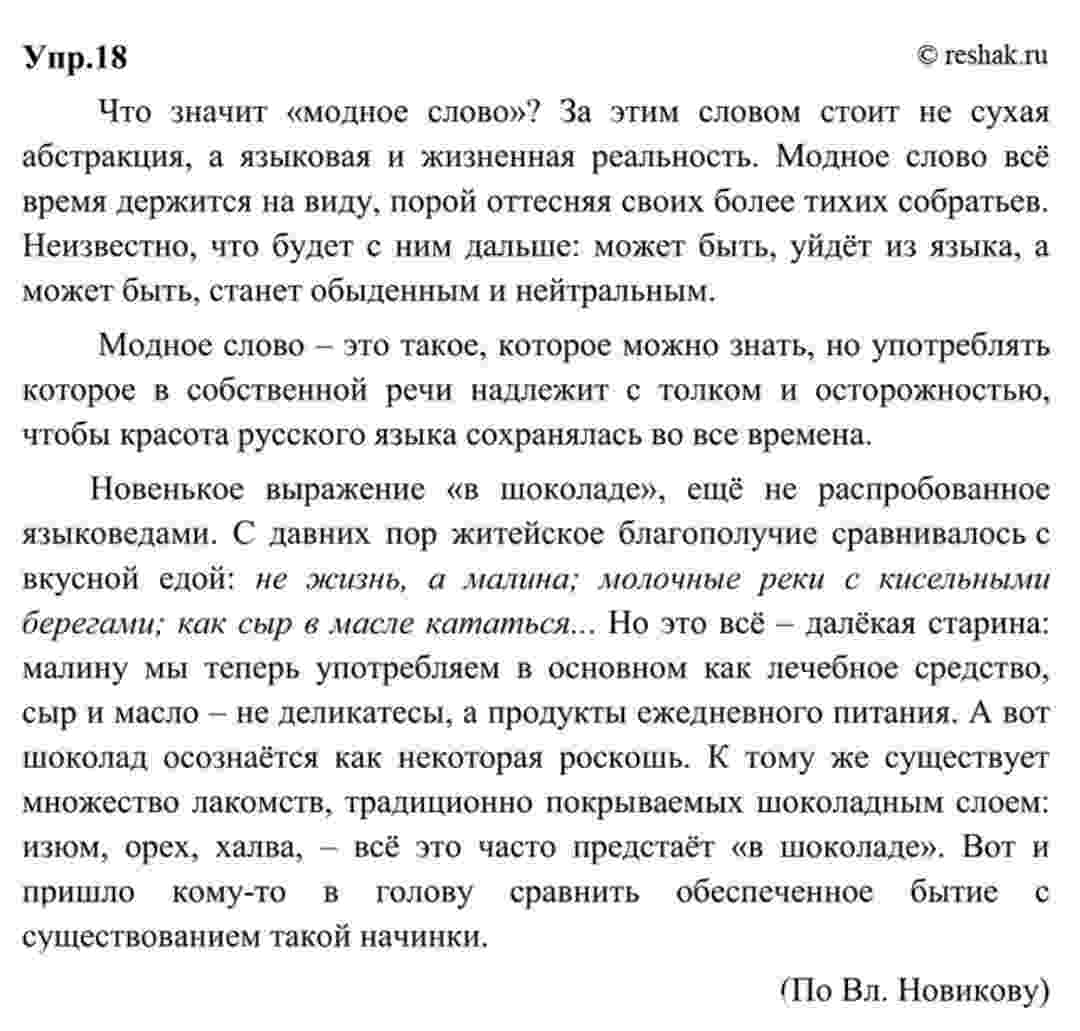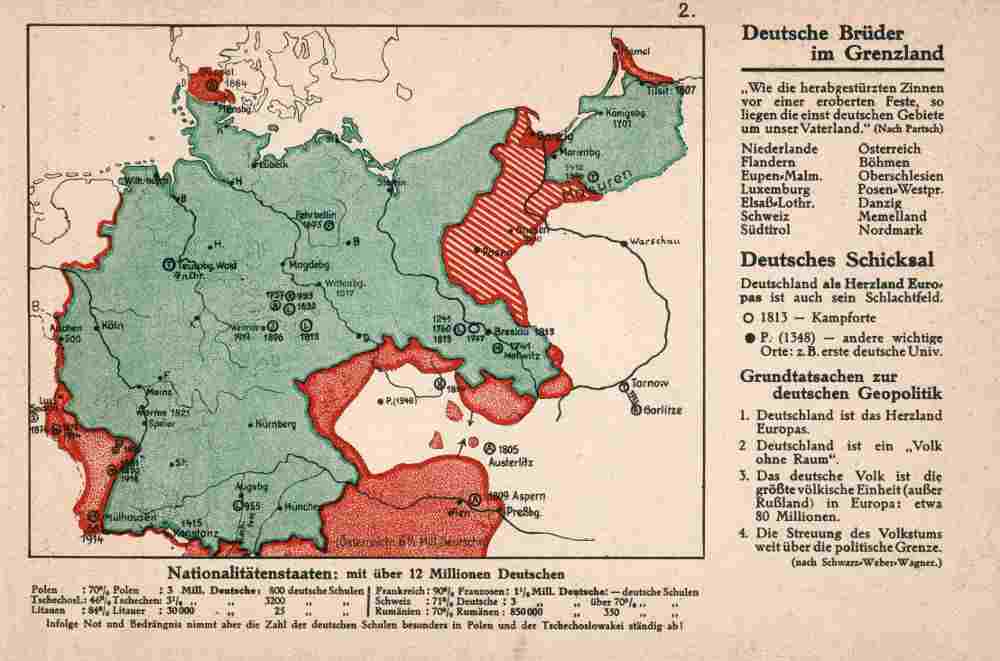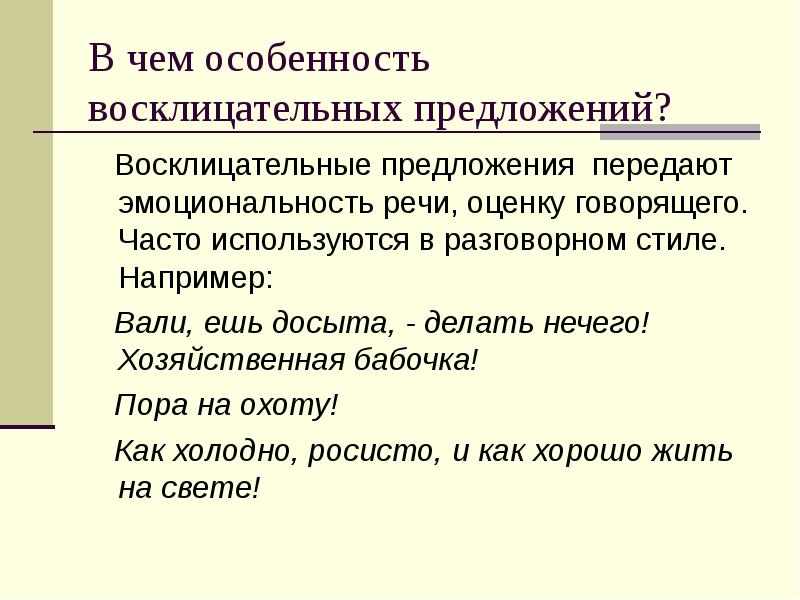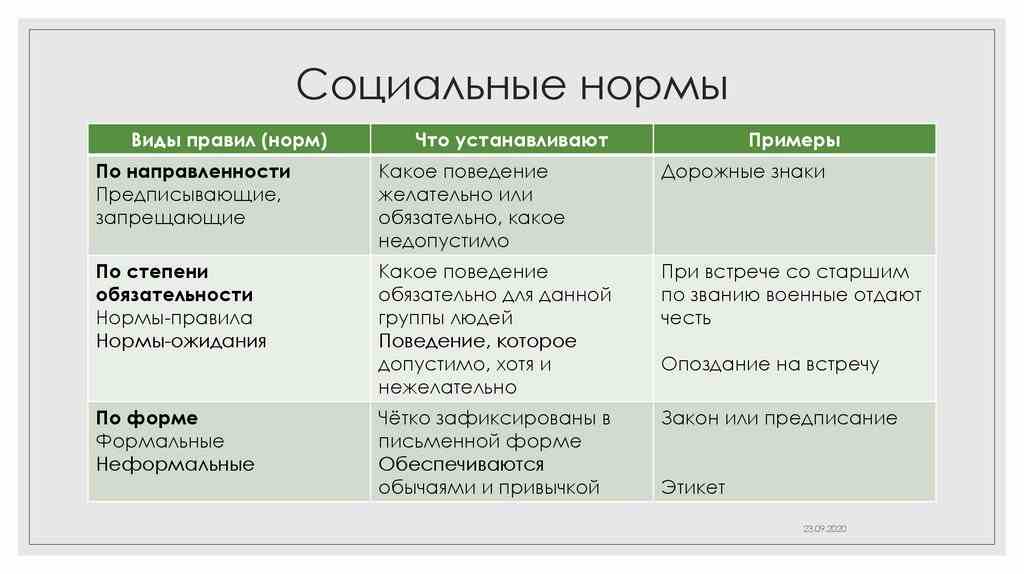Overview of the Number One
The number 1 (one, unit, unity) is a fundamental concept in mathematics and various fields. It is recognized as the first and smallest positive integer in the natural number sequence. This unique status has led to its diverse applications, serving as a unit of counting, a determiner for singular nouns, and even as a gender-neutral pronoun in language
Mathematical Properties
1 is notable for being the multiplicative identity , meaning that any number multiplied by 1 remains unchanged (n×1=nn\times 1=nn×1=n). It is also defined as neither a prime nor composite number by modern conventions, despite meeting the basic criteria for primality (being divisible only by itself and 1)
. In terms of mathematical operations:
- The square of 1 is 12=11^2=112=1.
- The factorial of 1 is 1!=11!=11!=1.
- The square root of 1 is 1=1\sqrt{1}=11=1.
In set theory, 1 can be represented as the singleton set {0}\{0\}{0}, indicating it contains only one element: zero. This representation highlights its foundational role in constructing natural numbers through succession
Historical Context
The numeral for one has evolved from ancient symbols used by cultures such as the Sumerians and Babylonians to the modern Arabic numeral system we recognize today. The glyph for one, often depicted as a simple vertical line, traces back to ancient scripts, including Brahmic scripts from India
Representation in Different Systems
The number one appears in various numeral systems globally:
- Arabic numeral : 1
- Roman numeral : I
- Chinese numeral : 一
- Binary : 1 (representing the "on" state in digital technology)
These representations serve not only as symbols but also embody significant cultural and mathematical meanings across different civilizations
Philosophical Significance
Philosophically, the number one symbolizes unity and singularity, often representing the ultimate reality or source of existence in various traditions. This concept extends beyond mathematics into metaphysical discussions about existence and identity
. In summary, the number one is not just a basic numerical figure; it plays a crucial role in mathematics, history, culture, and philosophy, making it a subject of interest across multiple disciplines.























































 English (US)
English (US)